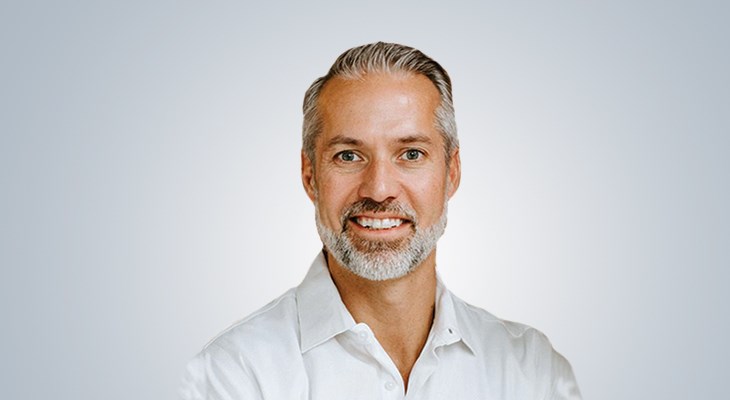Michael Healander, co-founder, president and CEO of Airspace Link, is a drone pilot enthusiast. He witnessed in the early stages of the new technology the challenges the drone industry faced. Envisioning the positive impact drones at scale could provide to economies and quality of life for people, Healander helped develop his company’s concept of a safe infrastructure and roadmap to enable progress.
Airspace Link’s mission is to facilitate the safe integration of drones into the national airspace and communities through digital infrastructure, strategic partnerships and leadership. In a nutshell, they’re building a roadmap in the sky for drones that will not interfere with other aircraft or ground structures.
“It’s extremely complicated,” Healander says. “We’re working with the FAA (Federal Aviation Administration) to build the highways in the sky. We spent the first year of our company becoming a partner with the FAA. You have to abide by a ton of rules and regulations.”
Their team includes data scientists, software engineers, aviation engineers, and industry experts from Google, Lyft, GE Aviation/AiRXOS, Geometri, GISinc, Ford Motor Company, Amazon Prime Air and the U.S. Air Force.
Some of the key partnerships, of course, were financial in nature.
“Integrating anything into the national airspace and into communities is the difficult part,” Healander says.
They knew they’d need money to back their plan. In 2019, they pitched it to local Detroit Ludlow Ventures as just an idea.
“They liked it, and Ludlow Ventures gave us a $100,000 convertible note to get our company started and start the process of partnering with the FAA,” Healander says.
They later quicky closed on a pre-seed in December of 2019 for $1 million.
“We had so much momentum and we are oversubscribed that six weeks later we closed another $3 million round,” Healander says. “Altogether, it was $4 million over two months as a pre-seed and a seed round. So, we were very successful right out of the gates with just a few of us founders starting the company and it's cool because it was in the Midwest; it's in Detroit and we had some really good early Midwest investors to get us started.”
All that capital was used for Phase 1, integrating with the FAA to become a Low Altitude Authorization and Notification Capability (LAANC) supplier, and then they started working on the integration to state and local governments to build in a data exchange to understand where schools, hospitals, jails and land use to build the safety cases for drones to fly more advanced flights.
Once that was underway, Airspace positioned for another capital raise — a Series A in May/June of 2021 — pulling together $10 million from Altos Ventures out of San Francisco.
“In that time, we've grown our company from 20 people to 40 and have landed some large infrastructure contracts in multiple states here in the U.S. and that's where that money went towards,” Healander says.
Airspace Link’s last raise was a Series B for $23 million that will allow the company to expand globally.
Healander says the secret to success when it comes to raising capital is to practice your pitch.
“Investors will find your weakness,” he says. “So you have to figure out, well, how do we take care of those weaknesses? And the best way to learn about your weakness is pitch your product multiple times, hundreds of times. “So that's the challenging part; it's finding your weakness and figure out how to shore it up and I always say, ‘build a moat around each one of those.’”
One of the weaknesses was building a knowledgeable team. To remedy that, he hired experts who worked for the FAA. He also hired people from GE Aviation, and established partnerships with software developers.
“It's going back and forth — like spinning plates — and make sure you're shoring up all parts of your business model through that process,” Healander says.
Healander spoke on the Smart Business Dealmakers Podcast about his company’s drone superhighway, how it has raised capital, and what the future holds for global expansion. Hit play to catch the full conversation.




